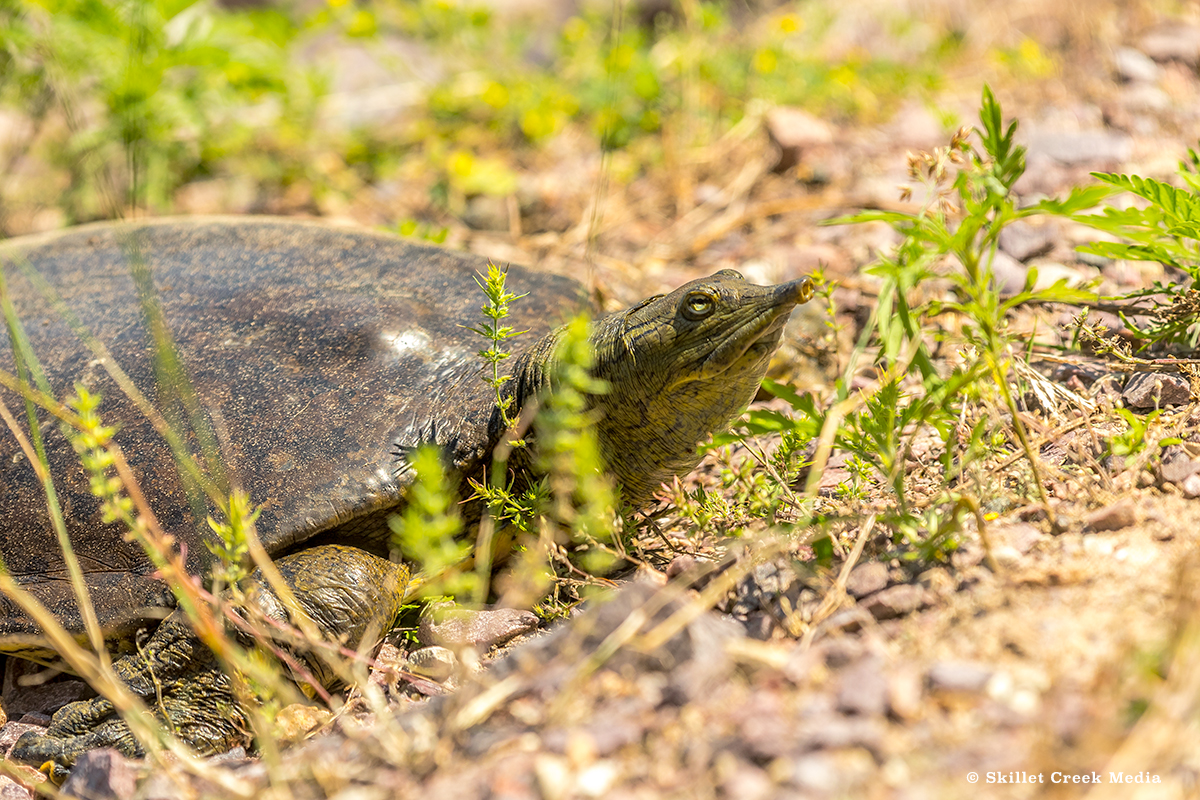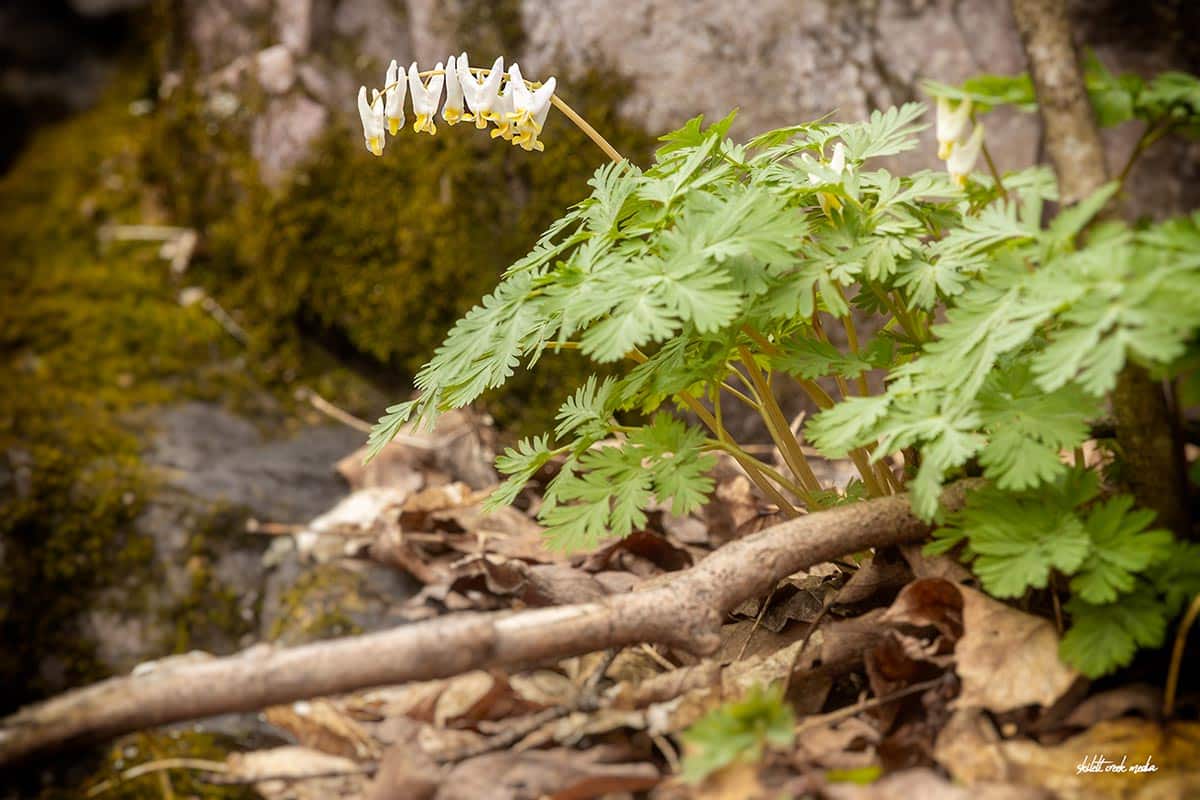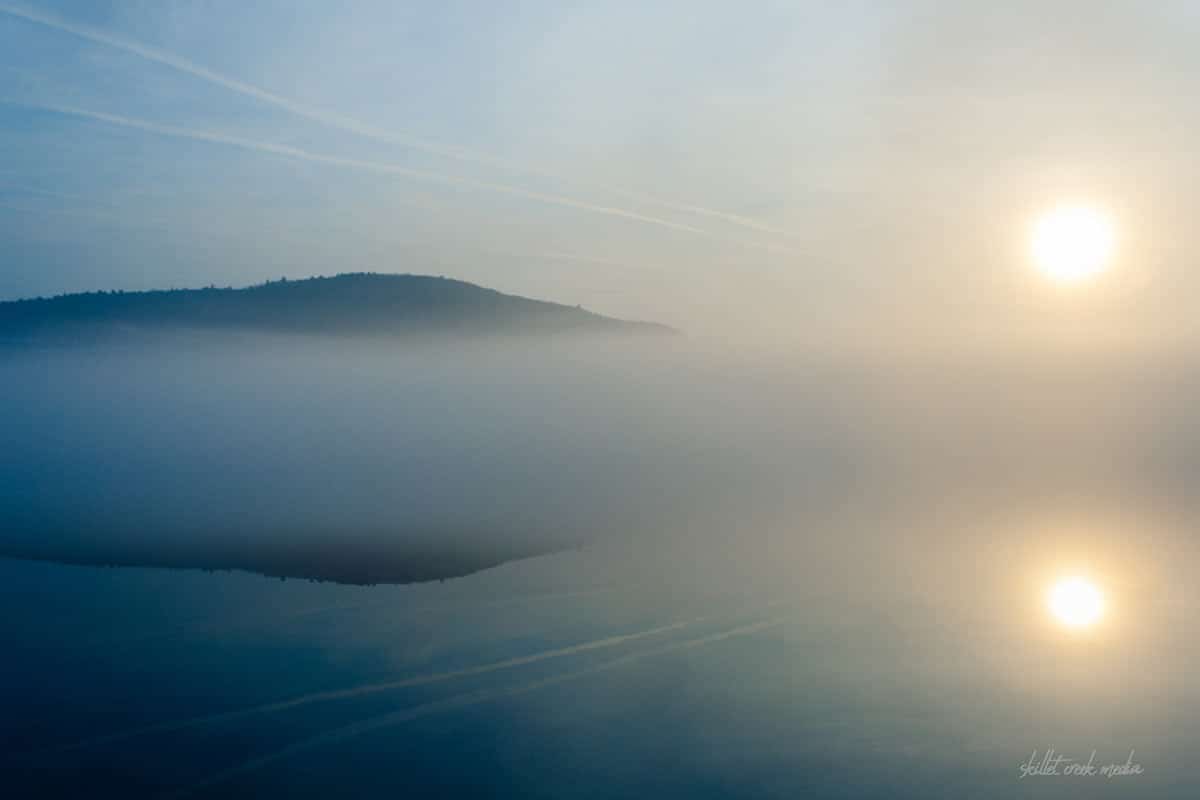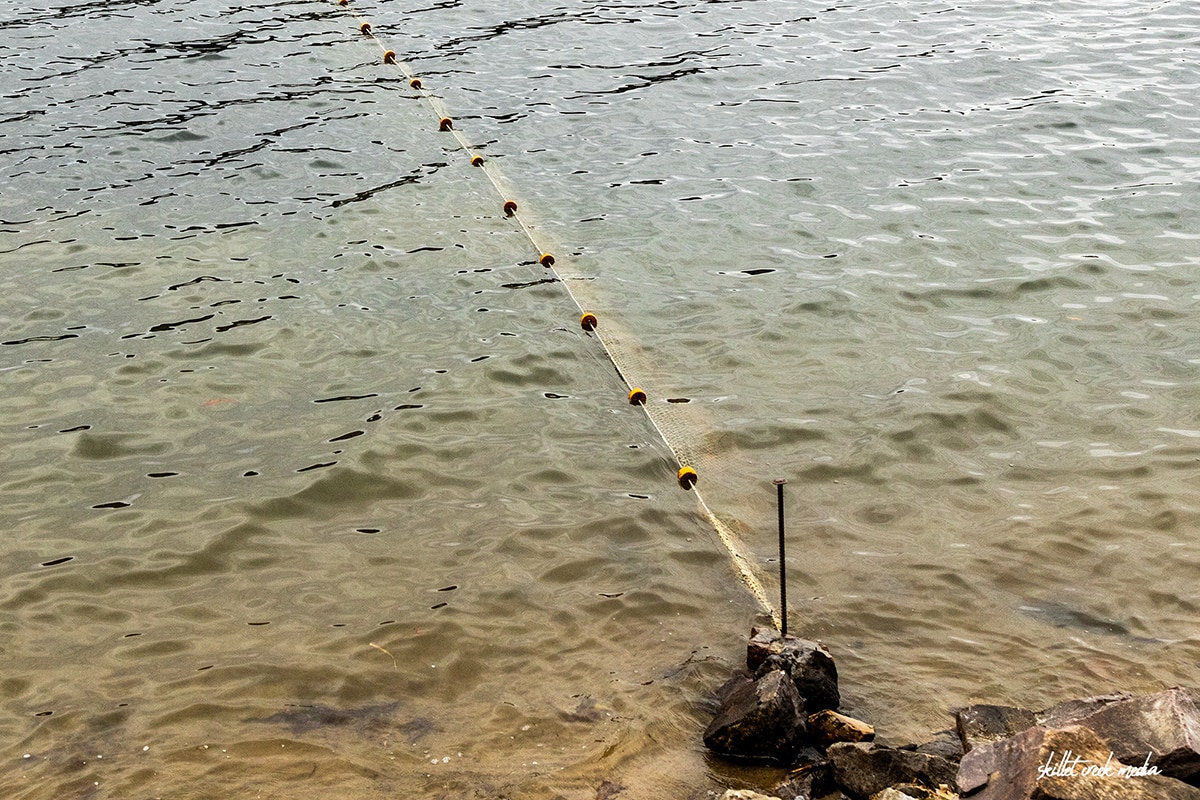Spring has sprung at Devil's Lake State Park, and with it comes a charming little…

This softshell turtle was digging a nest at Devil’s Lake State Park. From a distance, with a telephoto lens, I shot some video. However, so many people were stopping, talking and taking pictures that eventually I gave up and so too did the turtle, who soon scurried back down into the water without completing her nest.
National Park Perspective
Right after World War 2, there was an amazing jump in the number of Americans visiting our national parks. Suddenly many national parks, just like today, were suffering under the weight of their own popularity. (In 1940, 17 million people visited national parks. In 1956, the number had jumped to 49 million.) The National Park Service projected visitor numbers to grow to 80 million by 1966! (The actual number was 127 million! – And BTW, in 2018 national parks saw 318 million!)

In response to the amazing popularity of the parks, the government came up with a controversial plan known as “Mission 66” where between 1956 and 1966, the National Park Service added among other things, 95 visitor centers, 575 campgrounds, 257 administrative and service buildings, 1,239 park housing structures and 2,767 miles of new and repaired roads!
So what was controversial?
Well, here it is in a nutshell. When the parks are building more roads, more buildings, and more campgrounds to support more visitors, that land has to come from somewhere. More cars and more people have more impact including more noise, more pollution, and more garbage. Generally, it means destroying parts of the very nature that the visitors have come to see! Roads, sidewalks, buildings, trails, campgrounds and such, all ultimately replace wilderness and displace the animals that lived there. These concerns and the need to protect our wild spaces have been voiced by many of the great conservationists and authors whose names we all recognize including; John Muir, Aldo Leopold, Rosalie Edge, Marjory Stoneman Douglas, Edward Abby, and many others.
I think it’s true that in general, everyone loves our park system and most understand that protecting the environment and wildlife is a core mission within the parks. And yet we also recognise the risk that in popularity and growth we slowly, quietly, even accidentally, sacrifice that which were trying to protect in the first place.
Devil’s Lake State Park
When the railroad came into what we now know as Devil’s Lake State Park back in the late 1800s, it was estimated that about 20,000 visitors were coming each season. By 1924, over 200,000! Just like the national parks, Devil’s Lake also saw a big jump in visitors after WWII to over a million seasonal visitors since 1952!! Today, the park is visited by nearly 3 million visitors.*

Also, as in our national parks, Devil’s Lake has been making the same infrastructure vs wilderness & wildlife compromises since its founding. In many ways, however, the creation of Devil’s Lake State Park in 1911 went a long way toward restoring and protecting what wild spaces were left within the park boundaries. A good thing! That said, today, we’re probably reaching a critical juncture. Expanded parking, the planned new “Interpretive Center” and growing commercial endeavors on and above the lake can only increase pressures on the natural environment. It begs the question, “How will we find balance in continued growth?”
Back To The Turtle
Spiny Softshell Turtles have been common at Devil’s Lake. They prefer open habitats and lakes with muddy bottoms. For nesting, they need to find open sandy areas that are near the water. And this is where the problems arise for the turtle. If you know the lake, you’ll realize that finding a safe, quiet sandy location along the lakeshore is nearly impossible today. Roads, beaches and sidewalks cover these types of environments. Where it’s less crowded, we have dog swim areas. The last, even slightly natural corridor between the lake and the bluffs is at Messenger Creek on the south-west corner of the lake. However, there are roads to cross, a busy boat landing and more recently an off-leash dog area all encroaching on remaining wetland. (The off-leash dog area is most likely the best softshell turtle nesting area available!)
Now certainly, no one is trying to wipe out the turtle population or bats or snakes or bees for that matter. These are often issued bigger than the park itself. It’s not that anyone intentionally tries to exterminate the beavers, fishers or other animals that at least at one time occupied the park either. (Well, we hope not!) But without a proactive effort to protect them and manage their populations and habitat, they will surely disappear just as many other species that used to live within the park boundaries have already.
What’s The Plan?

So it’s a bit concerning watching a turtle give up on its nest. Will it come back? Can it adapt by building a nest at night? Will a nest in a busy area remain safe? What about the crowds, the dogs, the people fishing there and the like? If our spiny softshell turtles can’t find a safe place to build their nests along Devil’s Lake then what? Do we care? Is there room for wildlife at Devil’s Lake? Will we seek balance in growth? I think we’ll know soon as we begin the long process of developing a new Master Plan for Devil’s Lake State Park over the coming year. I hope in the process, some folks speak up for the natural environment and the animals that call Devil’s Lake home.
Stay tuned…
References & Reading
- Mission 66: Modernism and the National Park Dilemma by Ethan Carr
- Crown Jewel Wilderness: Creating North Cascades National Park
- Desert Solitaire: A Season in the Wilderness by Edward Abbey
- The Wilderness Act
- Devil’s Lake Interpretive Center Project
- Songs of Place by Kenneth I. Lange
- A Lake Where Spirits Live by Kenneth I. Lange
*My understanding is that Devil’s Lake State Park’s annual visitor numbers are reported based on “one to one” sticker sales. Meaning each sticker represents one visitor and one visit. If 2.5, 2.7 or 2.7 stickers have been sold, true visitor numbers must be much higher simply by estimating the average number of visitors per car (or sticker) to be more than “one”.

For nearly 2 decades the Skillet Creek blog has focused on 3 main goals; To inspire you to visit and explore the Devil’s Lake region, to help you get the most your visit by sharing tips, events, and other helpful information. Lastly to advocate for our environment & wildlife and talk about how we can keep our natural areas amazing now and into the future! That last goal can sometimes cause controversy, but it’s the only way we can accomplish the first two. – Derrick Mayoleth, Owner.



